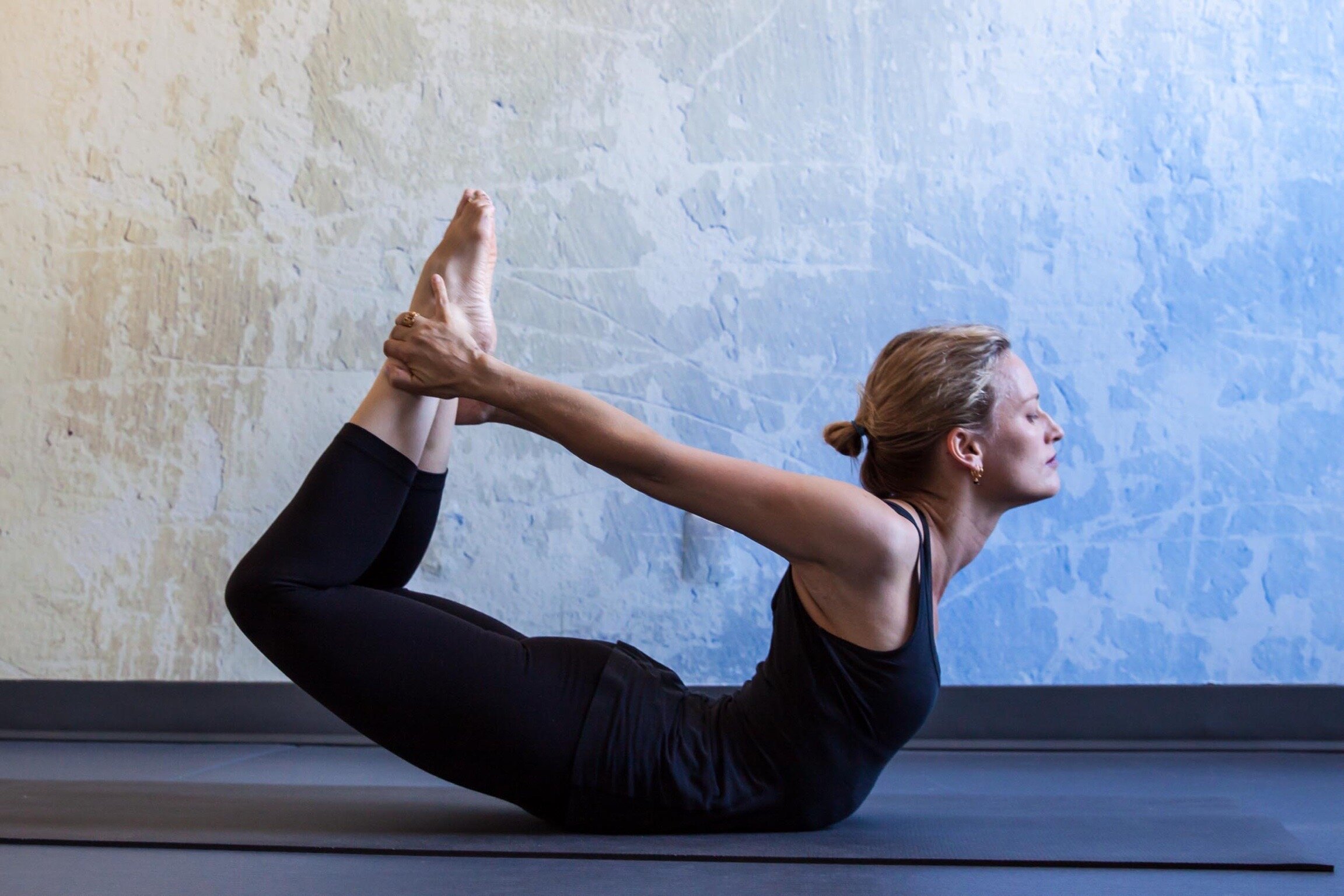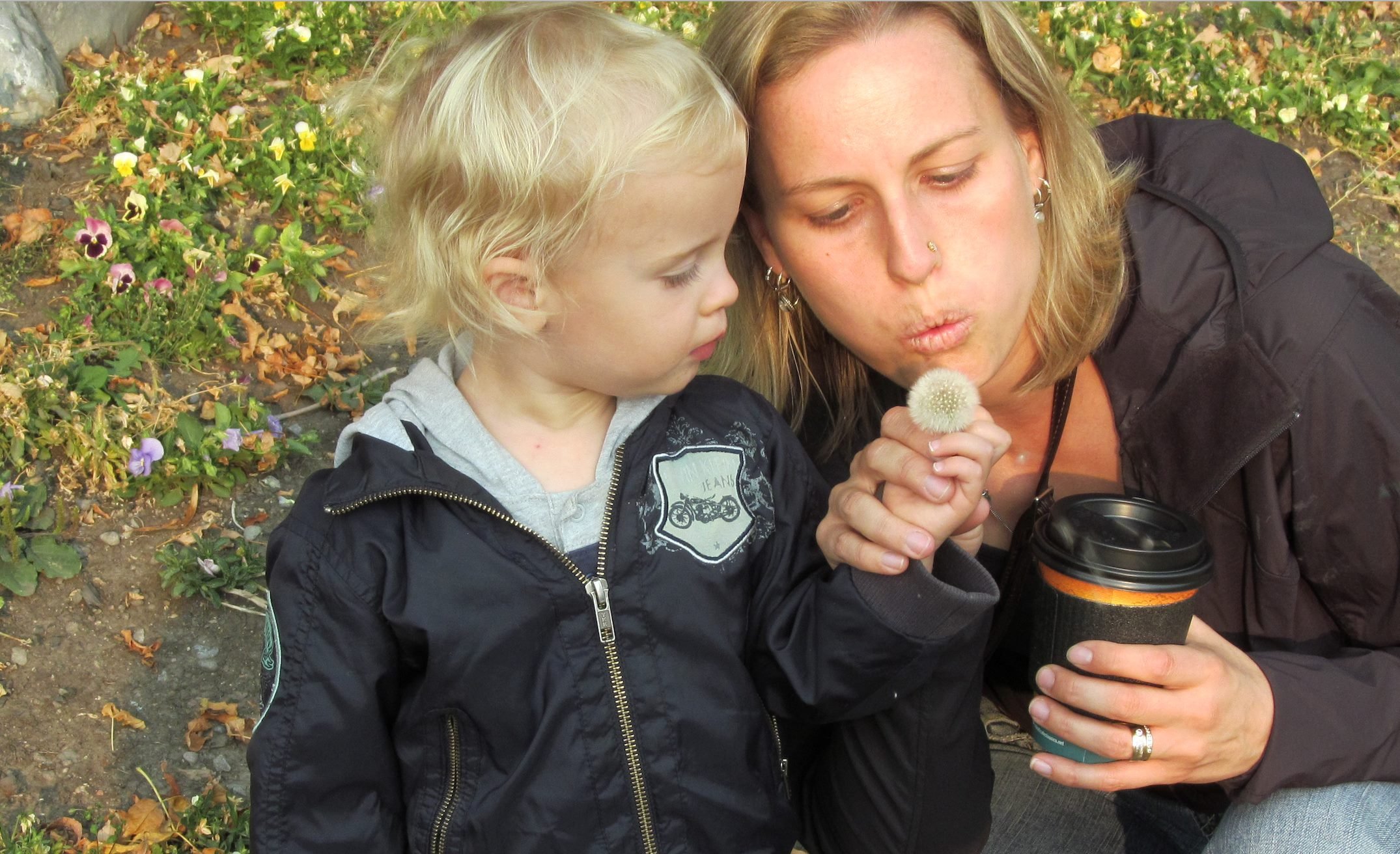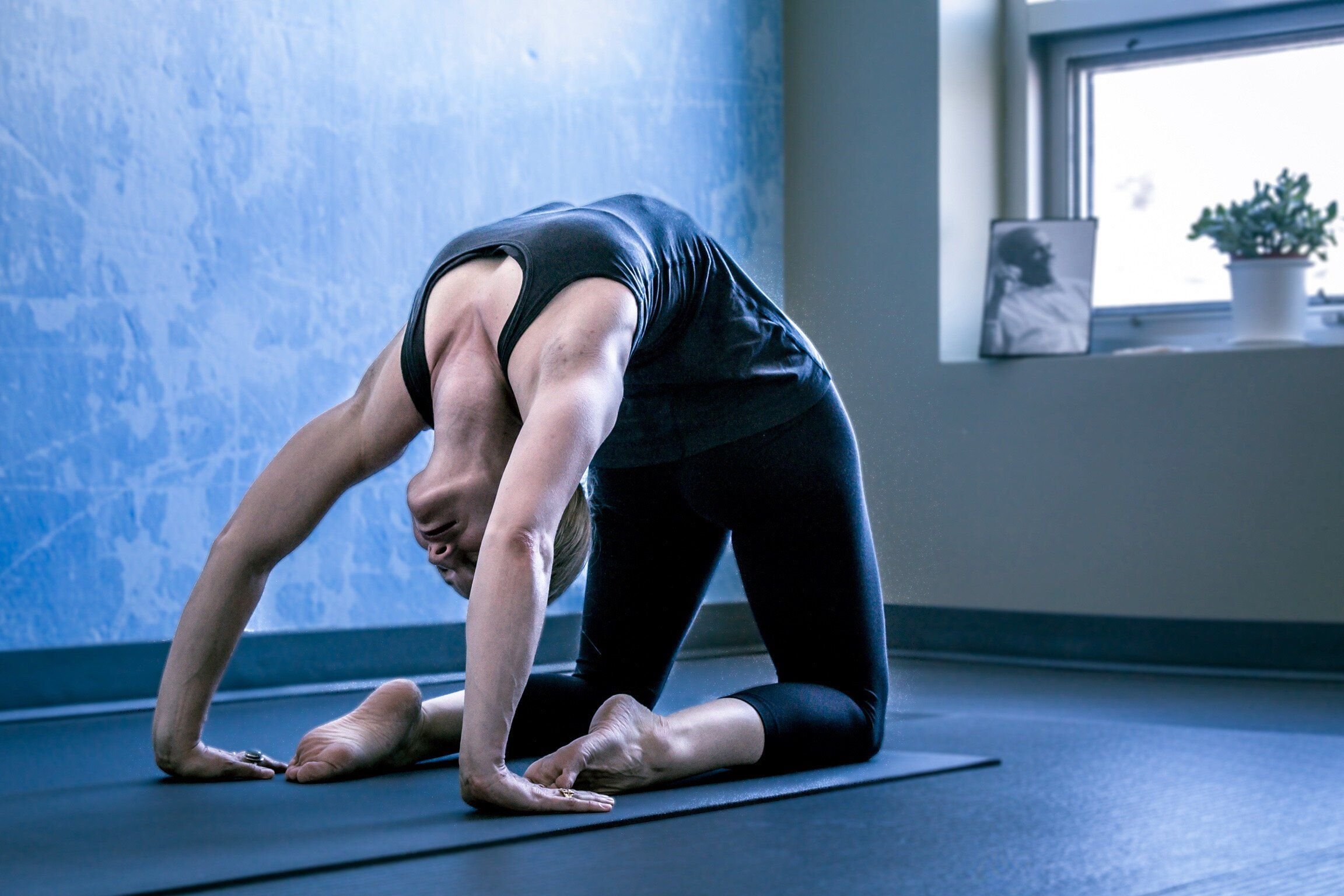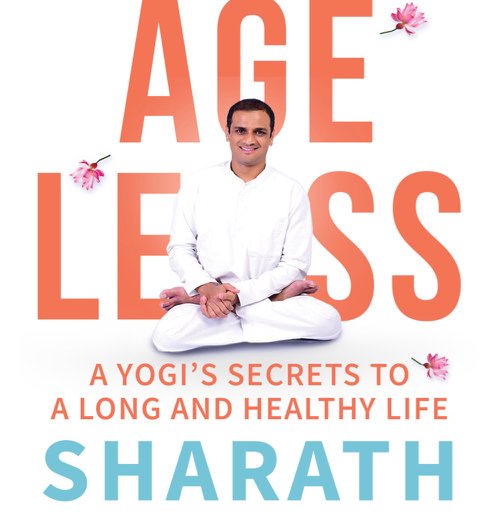
YOGA
“If you gaze long into an abyss, the abyss will also gaze into you.”
Enjoy These Musings and Insights on Yoga and Life

Benefits of Uddiyana Bandha Kriya - The "Abdominal Lock"
The practice of Uddiyana Bandha Kriya increases blood circulation throughout your body and brain. It stimulates the vagus nerve by putting a little pressure on it, which strengthens and tones your parasympathetic response, which creates a calming and balancing effect on our nervous system. Through this practice, your brain becomes healthier and you will experience more clarity in your thinking.
This bandha also massages the internal organs and on a more subtle level, it stimulates the inner agni, or digestive fire, which resides around your navel. By strengthening this fire you will experience better digestion and assimilation, and it also helps to purify the subtle energy channels, or nadis. READ MORE…

How To Open Your Heart
Tomorrow’s full moon is in the sign of Aries, but it is conjunct with Chiron, an asteroid that orbits our solar system, known to Astrologers as “the wounded healer.”
The asteroid called Chiron entered the sign of Aries back in February of 2019 and will remain in this sign until April 2027! Chiron, in Greek Mythology, is a healer, teacher and mentor. Whereas Aries is the ultimate warrior.
So this is a time to open your heart and ask yourself, “What do I want to fight for that needs healing within myself and within the world?” We are entering a period of deep healing and transformation. It’s time to let go of these old patterns that effect your present reality, face your fears, and confront what’s holding you back. Embrace the power that is you-here-now.
The healer resides within… Read More

A Conversation on Yoga and Motherhood
Are you are passionate about practicing yoga, but struggling to balance the demands of “Seventh Series” (having a family) with your desire to create or maintain time for yourself and your yoga practice?
Recently, I had a conversation about this struggle and especially the understanding that, wow, things will never be the same again.

Supta Virasana - Sleeping Hero's Pose
This is an excellent restorative yoga posture that can be of great benefit to your back-bends and can also help heal minor aches and pains in the knees. With time and practice, this restorative posture can very easily become a resting pose that can deeply renew and rejuvenate the entire body.

Ways To Make An Easy Exit
Last week I gave some tips and exercises to help you find stability in the Second Series posture, pinchamayurasana. This week I have some tips for getting out of it!
The “peacock feather pose” can be a challenging forearm stand all on its own, without having to exit it by jumping and landing in chaturanga dandasana also known as the "four limb staff pose." In Mysore, India, this posture is taught with a very specific exit that must also be mastered before the student will be able to move on to the next pose, karandavasana, which shares this same exit!

How To Make A "Peacock Feather"
Pinchamayurasana translates as the “Peacock Feather Pose.” This is a challenging Intermediate Series asana that many students struggle with, especially the naturally flexible ones, as it requires a degree of stiffness and strength in the arms, shoulders, and deep in the core muscles…
One identifying feature of Lord Krishna is the peacock feather in his crown. In India the feather of a peacock is a symbol of good luck, prosperity, beauty, and wisdom. It is a protection against evil and is thought to destroy all poisonous emotions like anger, greed, and jealousy…

How You Can Get A Better Backbend in 3 Simple Steps
Are you struggling with you backbends? Can’t figure out where it’s all going wrong?
In this Wellness Wednesday video, I demonstrate the how you can find a better backbend with 3 simple steps. Now, I said the steps were simple, that doesn’t mean they are easy!

What's stopping your Bakasana B?
Bakasana B can be an intimidating prospect when working through the Second Series of the Ashtanga yoga sequence. Many times students say, “but I can’t jump and land!” So, what exactly is stopping you from successfully landing on the backs of your arms in this position?

Tips for Working on Kapotasana
Kapotasana is another one of those very difficult postures in the Second Series of the Ashtanga yoga sequence. Here you will find some tips for working on this asana using the assistance of a wall to gradually open and strengthen the muscles supporting the spine so that you can practice this posture without pain.

A Book Review: Ageless
A Book Review: Ageless
His book begs us to ask how yoga and the eight limbs of the Ashtanga practice relate to the way we eat, think, consume, breathe, sleep, exercise, and how we can be more discerning in the way we expend our energy, focus our attention, all while caring for others and our planet.
The entire text stems around this principle: “Living like a yogi is about becoming connected with vitality and health.” ……

The Upward Facing Dharma Dog
In the great Indian epic the Mahabharata, the Indian Pariah Dog features prominently, as possibly one of the first domesticated dogs in history…
he Pandava brothers decide it is also time for them to renounce their kingdom, and set out on their final journey to the top of Mount Kailash - the gateway for their ascension into heaven. Their shared wife, Draupadi, decides to go with them, along with Yudhisthira’s faithful dog…

Kapilasana - Mind Your Manners!
The name Kapila appears in many texts prior to the conception of Samkhya. In fact, Kapila is mentioned as one Vishnu’s names.
There is a story in the Brahma Purana where King Sagara commands his 60,000 sons to go searching for his sacrificial horse that he believes was stolen, as he can not complete the vedic ritual without it…

All is coming... All is going...
Somewhere along the way, I realized that “All is coming” meant ALL of it: the good, the bad, the ugly, the miserable, the beautiful, the exquisite, the pain unbearable, the joy insurmountable, the laughter and tears, new friendships and the loss of others, children, lovers, enemies, sickness, hours of being stuck in traffic, the feeling of lightness and oppressive heaviness, unbelievably good fortune as well as terrible hardships... ALL of it.

Shayanasana - Taking a more "relaxed stance"
This posture is called Śhayanāsana. Shayana means "resting" “reclined” or “lying down” and when combined with asana it translates as something like a "relaxed stance."
Now, if you have ever tried this posture, you will know it is anything but relaxing! ...
